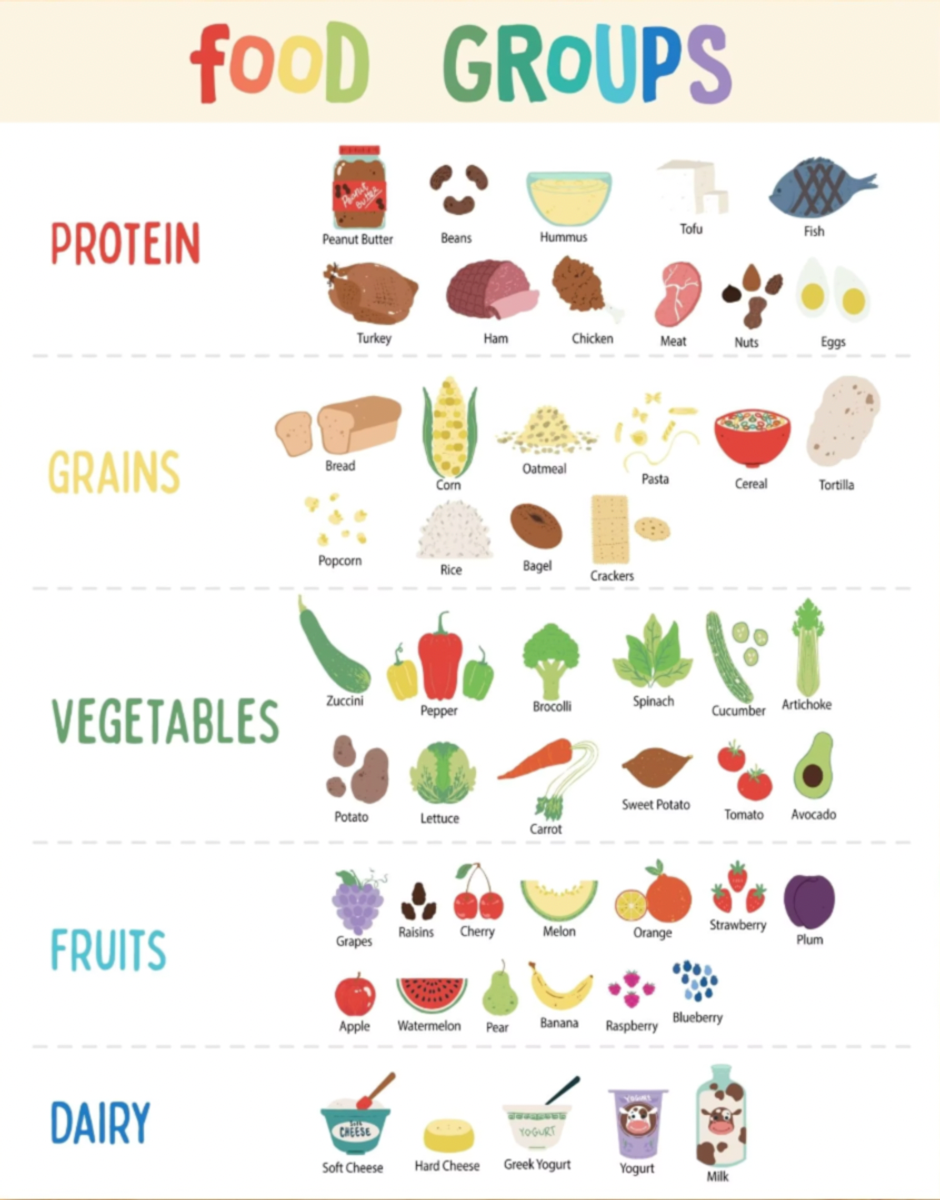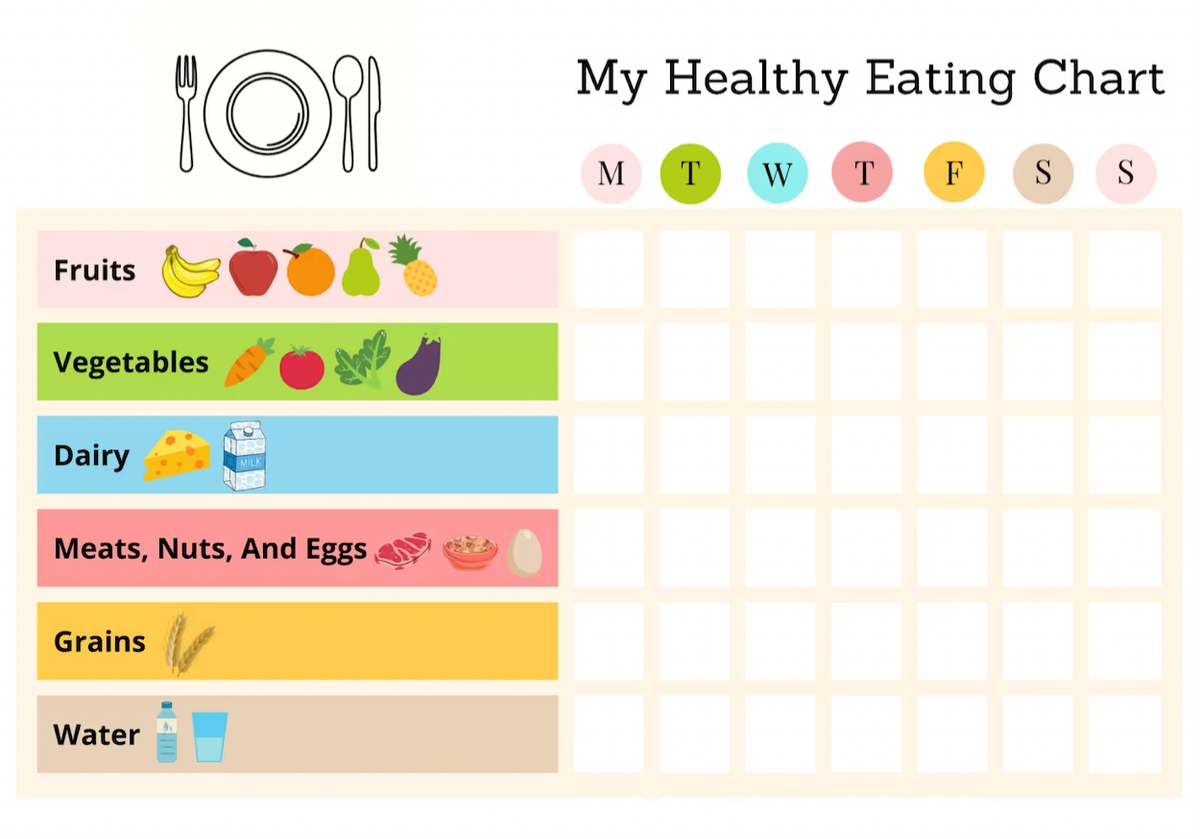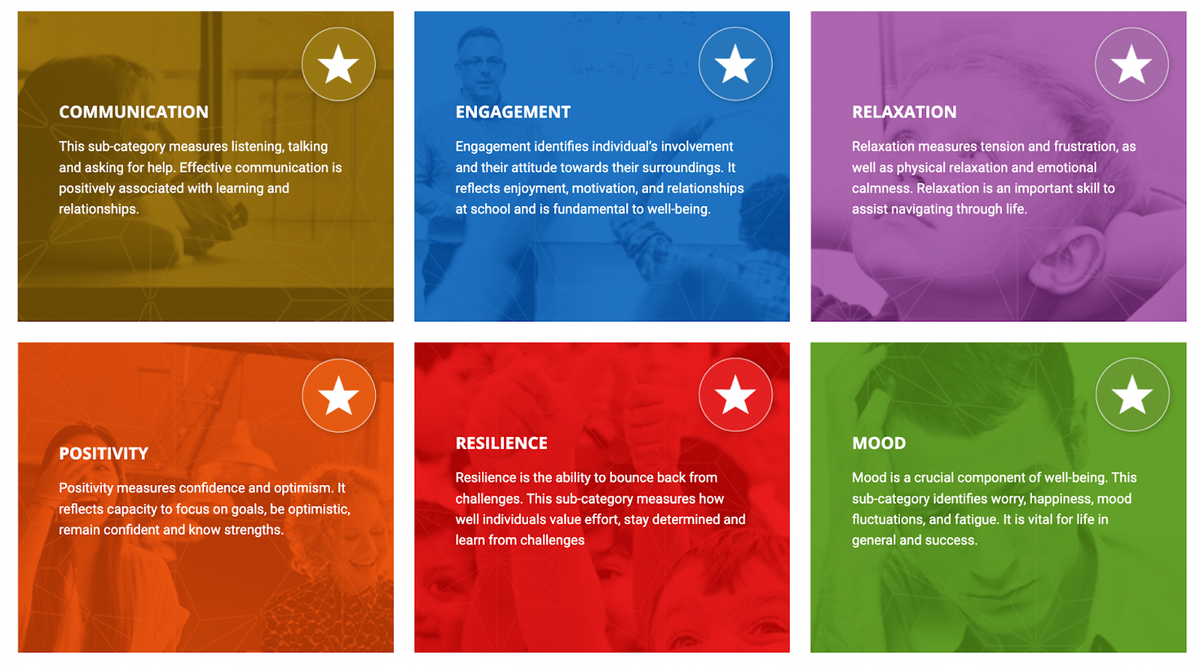Student Wellbeing
Mental Health in Schools
Ginette D'Souza & Elizabeth Hopper

Student Wellbeing
Mental Health in Schools
Ginette D'Souza & Elizabeth Hopper
Dear Families,
At SOGs we teach our students that it is just as important to have a healthy mind as it is to have a healthy body. This works both ways, if we look after our bodies we can in turn look after our minds too! When you think of improving your mental health, you may not think about changing the food you eat. But there is a strong link between what we eat and how we feel!
We know that eating an unbalanced diet can make us feel sluggish and flat. But now we are seeing that eating a balanced diet (with a variety of fruit, veggies, nuts and wholegrains) might actually improve our mental health. Please see some information below on how to encourage healthy eating habits in your family.
Healthy eating and your child’s appetite
Children’s appetites can change from day to day. These changes are usually nothing to worry about.
Sometimes your child might want to eat a lot. That’s fine. Just make sure that you fill up your child with healthy food.
Other times your child might not want to eat as much. That’s OK too. If your child doesn’t want to eat, they’ll probably make up for it at the next meal or even the next day. It’s best not to force things or offer other foods as rewards, because this teaches children not to listen to their appetites.


As a parent you give your child healthy food and opportunities to eat it. It’s up to your child to decide how much to eat – or whether to eat at all. If your child is growing and developing well, they’re probably getting enough to eat.
The most powerful way to send healthy food messages to your children is by letting them see you make healthy eating choices every day. Children tend to do what they see you doing.
Understanding the way your child’s tummy ‘talks’ to their brain can help you deal with worries about your child under-eating or overeating. For example, your child’s brain realises their tummy is full only about 20 minutes after the food hits their tummy. Also, your child’s hunger is partly determined by how physically active they’ve been and whether they need to ‘catch up’ if they haven’t eaten a lot over the last couple of days.
Offering meals and snacks at regular times encourages a better appetite at mealtimes. Regular meals and snacks can be part of a healthy eating routine.


If you’re concerned that your child has a tendency to overeat, here are some things to try:
If you feel your child doesn’t eat enough at mealtimes or doesn’t have an appetite, you could try the following strategies:
If you’re worried about your child’s growth or eating habits, make an appointment to see a GP, paediatrician or dietitian.
Healthy eating habits start at home. Giving your child healthy nutritious foods is important for their growth and development. It also helps to surround your child with messages about healthy eating habits and food. This can help your child make healthy food choices.
Here are some ideas:
Keep healthy snacks handy at home – and try to avoid buying unhealthy ones. Children will take the healthy option if it’s the only one they have. For example, you could have a bowl of fresh fruit on the bench and a container of veggie sticks in the fridge.
Resources:
https://headspace.org.au/explore-topics/for-young-people/eat-well/
https://www.healthdirect.gov.au/healthy-eating-for-children




Dear Families,
At School Of The Good Shepherd, we are focussed on supporting and improving the wellbeing of individuals as it can have noticeable positive effects on engagement, motivation and achievement.
The ACER SEW survey is an important tool focussed around six key areas: Mood, resilience, engagement, communication, relaxation and positivity. Valuable data is captured and used to measure, track, evaluate practices and consider evidence based programs for creating and maintaining positive levels for student wellbeing. The data produced is a breakdown of results by specific areas and the bank of survey questions.
At SOGS, the ACER SEW survey is conducted on a yearly basis to collect data around the social and emotional wellbeing of our students. Reviewing generated data is beneficial in understanding and managing overall wellbeing.

